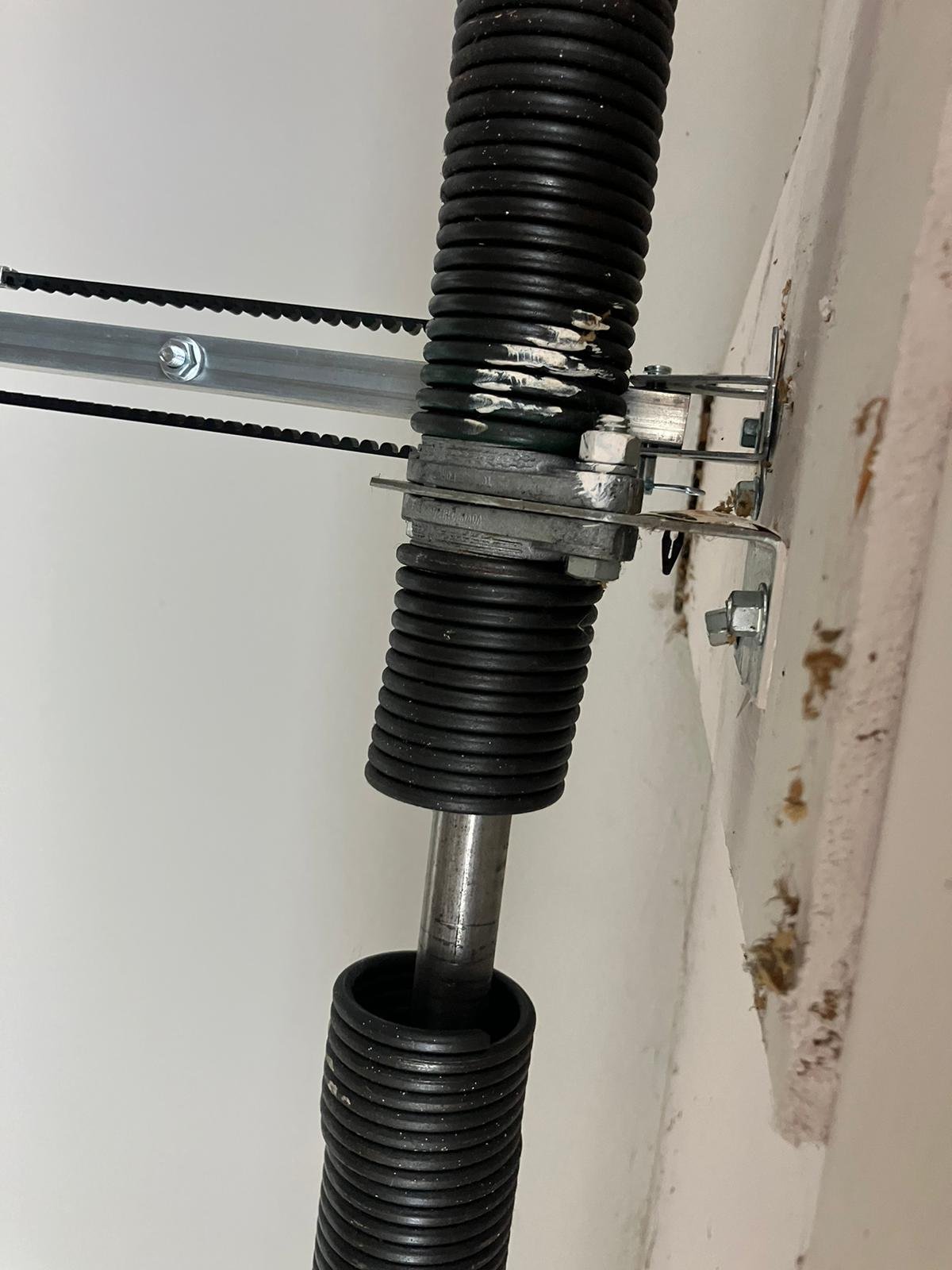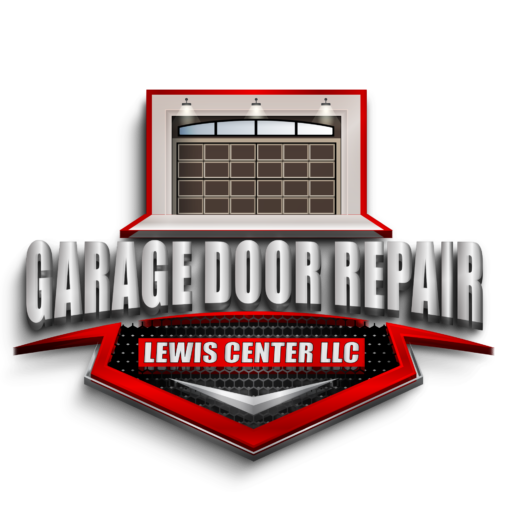- Commercial Garage Door
- Garage Door Opener Installation
- Garage Door Spring Repair
- Same Day Garage Door Repair
- Custom Garage Doors
- Garage Door Opener Repair
- Garage Door Track Repair
- Garage Door Cable Repair
- Garage Door Panel Repair
- Local Garage Door Repair
- Garage Door Replacement
- Noisy Garage Door Fix
- Garage Door Installation
- Garage Door Section Replacement
- Overhead Garage Door Repair

Understanding Garage Door Springs: Types, Functions, and Common Issues
Hello, homeowners and garage enthusiasts! If you’ve found yourself wondering about the mechanics of your garage door, you’re not alone. Today, we’re going to dive deep into one of the most crucial components of your garage door system – the springs. Understanding garage door spring repair can save you time and money, especially when it comes to garage door spring repair.
Types of Garage Door Springs
Primarily, there are two types of garage door springs you should know about:
- Torsion Springs
- Location: These are mounted horizontally above the garage door opening.
- Function: When the door is in operation, torsion springs twist and coil, storing mechanical energy that helps lift the door.
- Durability: These springs are robust and usually last longer than extension springs, making them a popular choice for many homeowners.
Functions of Garage Door Springs
Garage door springs are the unsung heroes of your garage setup. They bear the brunt of the door’s weight, making it possible for you to lift your heavy garage door with minimal effort. Without these springs, your garage door opener would have to work much harder, leading to quicker wear and tear.
Common Issues with Garage Door Springs
Just like any mechanical component, garage door springs can encounter problems. Here are some common issues:
- Wear and Tear
- Springs are under constant tension and will eventually wear out. Regular inspection can help catch signs of fatigue before they become problematic.
- Rust and Corrosion
- Rust weakens the integrity of the springs. Periodically lubricating your springs can help prevent rust buildup.
- Imbalanced Door
- If one spring is weaker than the other, your door might become imbalanced. This can put extra strain on your garage door opener.
- Broken Springs
- A broken spring is a showstopper. If you hear a loud bang in your garage, it’s likely a spring has snapped, and you’ll need a garage door spring repair ASAP.
Understanding garage door springs, their types, functions, and common issues can empower you to take better care of your garage door system. Regular maintenance and timely garage door spring repair can save you from bigger headaches down the road.
If you’re facing any issues or just want a professional check-up, don’t hesitate to reach out to Garage Door Repair Lewis Center. Your safety and convenience are worth it!

